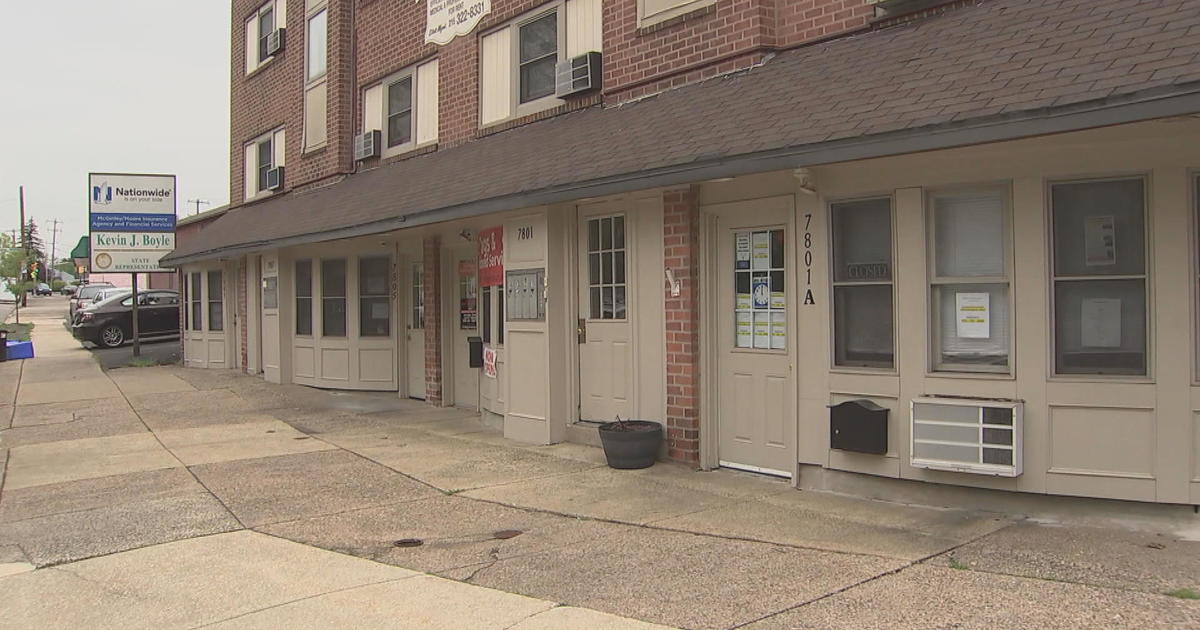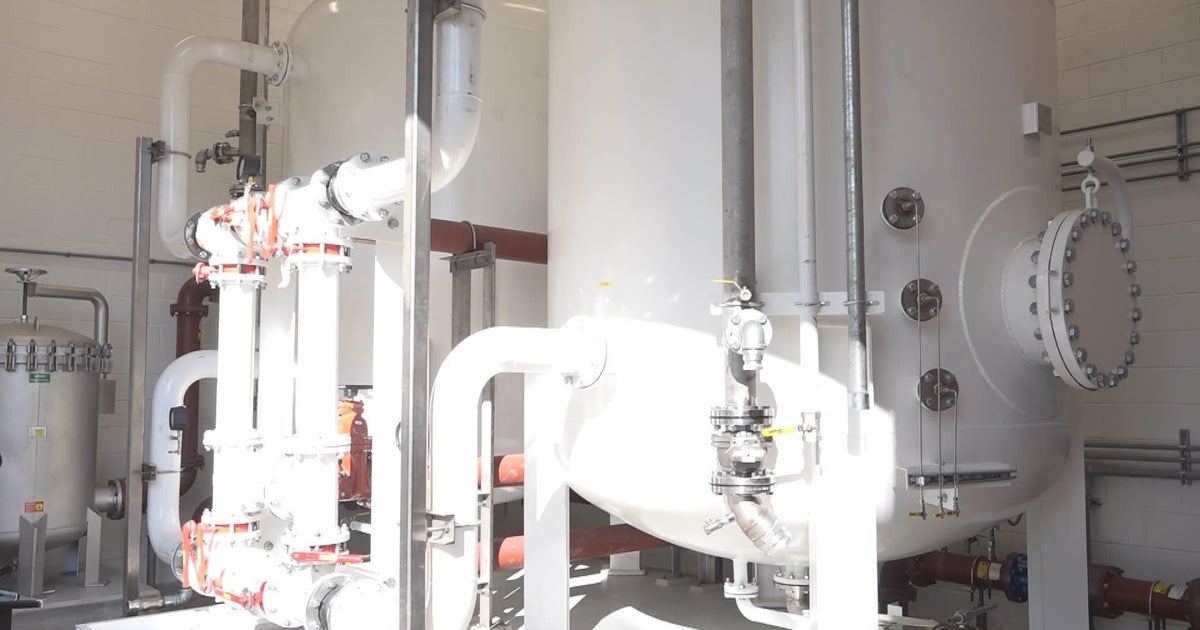Angie's List: Ductless Air Conditioning
By Jim Donovan
PHILADELPHIA (CBS) -- Keeping the house cool during the summer is a top priority for most homeowners. If you're looking for an alternative to central air or a window unit, Consumer Reporter Jim Donovan finds that you do have another option. In this week's Angie's List report, we take a look at ductless air conditioners.
When the summer heat is on, it can be tough to keep your house cool. Most people turn to central air or a window unit to stay comfortable. A ductless air conditioner can also help, especially in situations where you may not have ductwork, like in a sunroom, or in areas where running ductwork is difficult. They are also ideal for rooms where your HVAC system isn't keeping the air at a comfortable temperature.
According to Angie's List founder Angie Hicks, "A ductless air conditioner can cost about $1,500 to $2,000 per ton of cooling capacity, but you need to remember while these systems are more expensive, not having the ductwork can be a little bit more efficient than a traditional air conditioner because you lose about 20% of the efficiency from the ductwork."
With a ductless air conditioner, an evaporator is installed in the home, and the condenser is placed outside the home. Tubes filled with refrigerant run from the outside unit to the inside unit.
HVAC Contractor Chad Peterman says, "It's very easy as far as homeowner maintenance goes. Basically the main thing that you are going to want to do is keep the filters clean. The front will just pop up like this, and then the filters will slide out. You have one on each side. Slide these filters out and wash them off under the sink, let them dry and then you are ready to pop them back in."
"Ductless air conditioners are newer technology, so you want to make sure you have someone who is experienced in installing them since they are not installed exactly the same way a traditional air conditioner would be installed," says Hicks.
How does it work?
Similar to a central air-conditioning unit, a ductless system has a split design, but it doesn't use the ductwork in your home. An evaporator is installed in the home, and the condenser is placed outside the home. Tubes filled with refrigerant run from the outside unit to the inside unit. A unit can cool a single room, and up to four units can be used with a single condenser. The homeowner can control the temperature independently in each room the air handler is installed.
Zones: A single-zone system has one condenser and one evaporator and is used to cool one room or area. For large areas or multiple rooms, you will need a multiple-zone split system. This allows you to use up to four indoor units from only one condenser. In a multiple-zone system, each unit can be set to a different temperature and each unit runs independently. If you want to cool your entire home with this type of cooling, it's best to have a unit for each room. Unlike with central A/C, you can set the temperature at different settings for each room to save energy.
Installation: Installing a ductless system is not as complicated as a central A/C system, but it's more involved than installing a window or wall unit. An HVAC professional will need to run lines for coolant, electricity, and drainage. The unit must also be charged with the correct amount of refrigerant. Because it's wall-mounted, you don't have to sacrifice a window to be cool.
Costs: These systems cost about $1,500 to $2,000 per ton of cooling capacity - which is about 30 percent more than central systems and may cost twice as much as window units of similar capacity. There are benefits in energy efficiency, though. Since they have no ducts, you don't have the energy loss associated with the ductwork of a central forced air system. According to industry experts, duct losses account for about 20% of energy consumption.
Additional materials: You will need to purchase line sets, also called tubing, to install the ductless system. These lines connect the indoor and outdoor units. You will also need a condensate pump to remove condensation from the outside unit if you are installing the system on an interior wall.
Heating: Some ductless systems also provide heat. You may need to purchase a separate heat pump, but some models come with heat strips already installed.
Angie's List Tips: Hiring a HVAC contractor
Are you experienced? Not all HVAC contractors are experienced and knowledgeable with ductless air conditioning systems. Before hiring, ask how long they have been installing the systems and what type of training employees receive about installation and service. Improper installation can lead to system malfunctions and future repair costs.
Are you licensed? Many states that license HVAC contractors require that the applicant have a minimum amount of on-the-job or training experience, typically 2 to 5 years, working with HVAC systems.
Get three written estimates: Costs vary widely from one company to the next, but it's also very important to ensure that the project's overall scope, details and completion dates are thoroughly documented.
For more information, visit: www.angieslist.com



